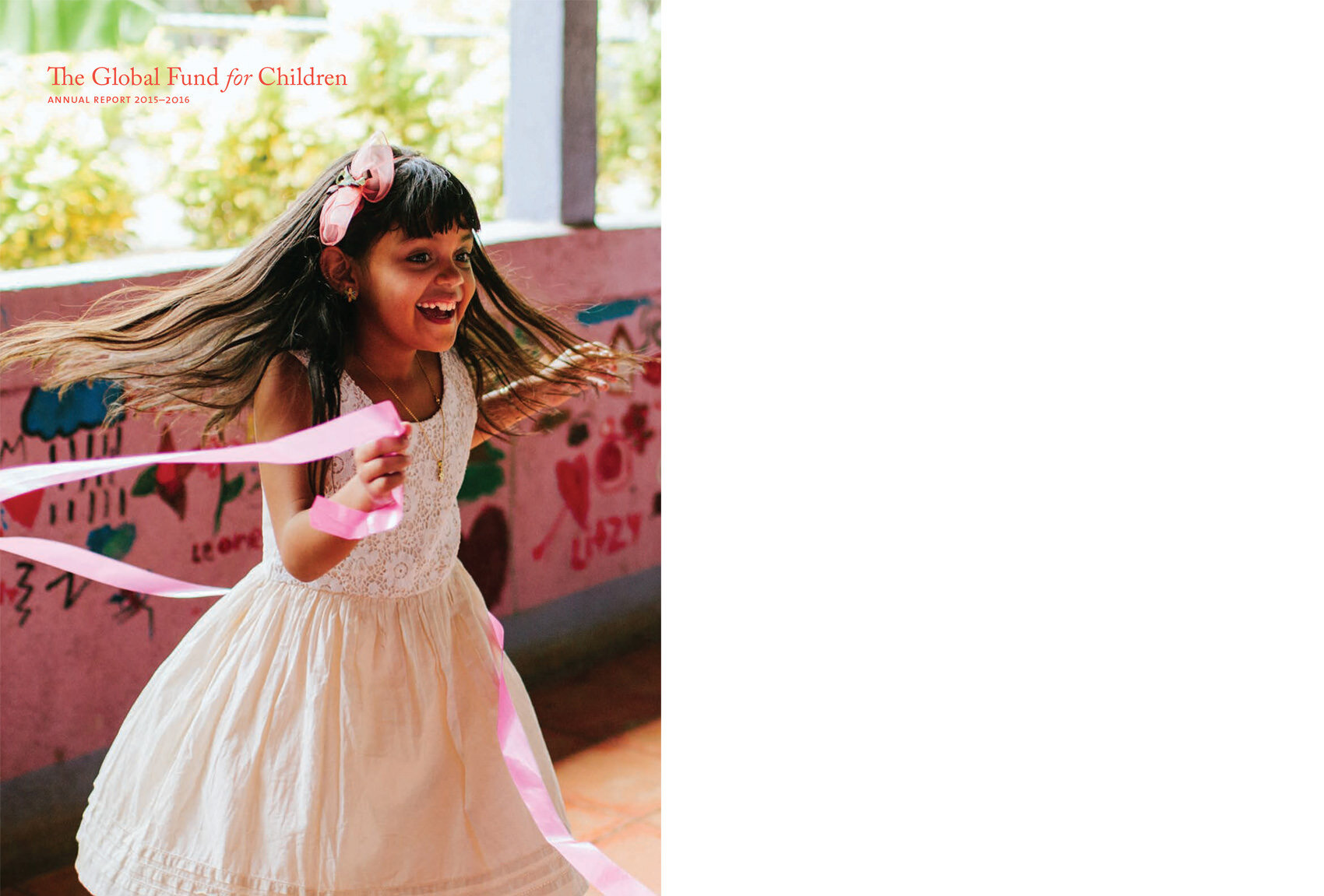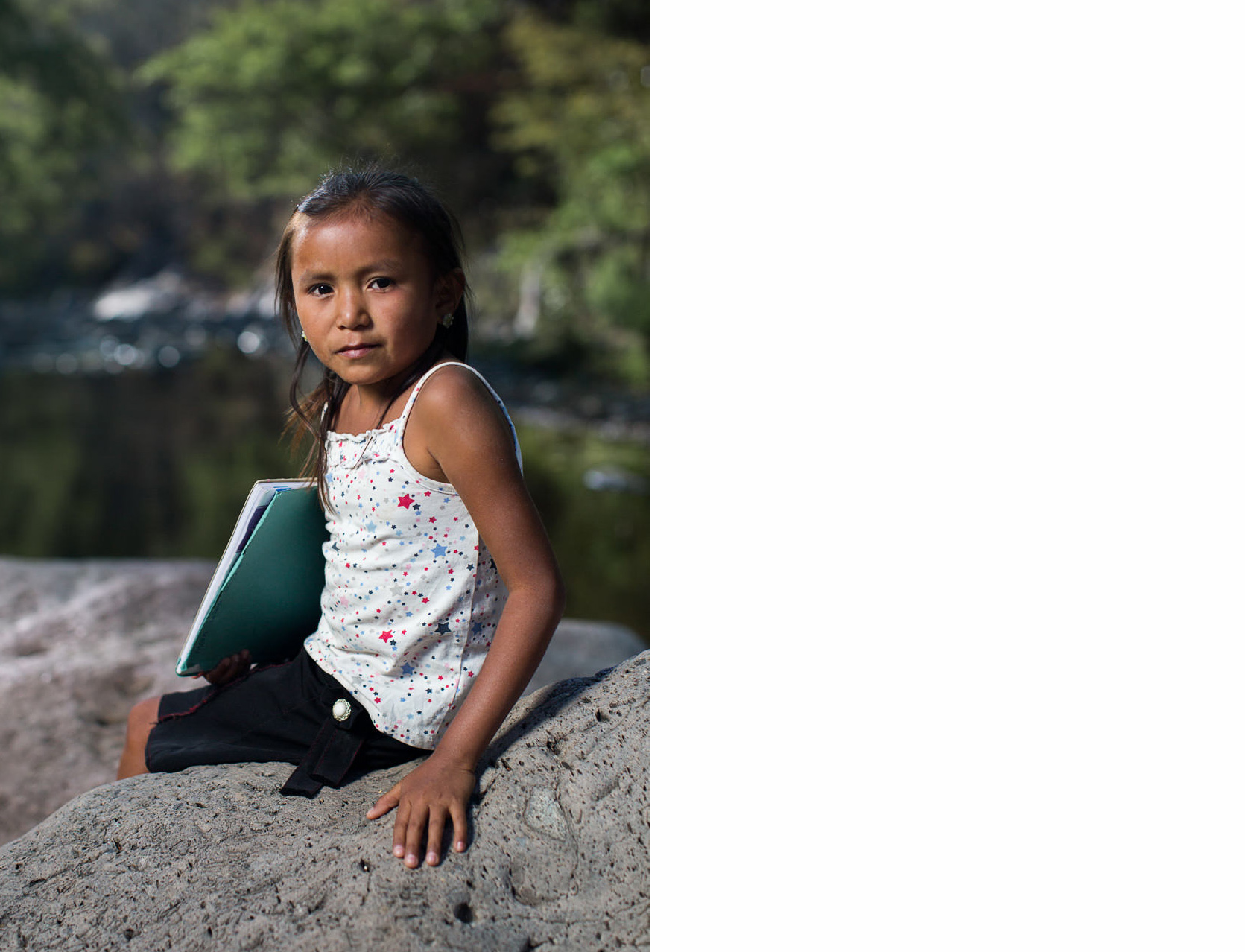CORN ISLANDS GUIDE:
Where are the Corn Islands located?
The Corn Islands are two nearby paradise-like sister islands known as the Big Corn and the Little Corn. They are located 70 km off the Caribbean coast of Nicaragua. The Islands, along with the eastern half of present-day Nicaragua, once belonged to a British colony. Due to that influence, Nicaraguan inhabitants speak mostly creole English. During a period in history, the islands were frequently visited by Caribbean pirates. Corn Island offers a great opportunity to get off the beaten path and experience the true island atmosphere; the place hasn’t been spoiled by mass tourism.
Little Corn is about a 45-minute 'panga' boat ride from Big Corn. There aren’t any paved roads there, so it’s a lot quieter and more remote as a result of this. Most tourists tend to stay on Little Corn. This Caribbean island is roughly one square mile in size.
Big Corn Island is three times bigger, less touristy, and home to the local community. It's colorful, and the people are really friendly and laid back. Life is also a lot simpler on the Corn Islands. While tourism is increasing, the primary industry of the Big Corn Island is fishing. Big Corn’s economy is based mostly on fishing, lobster hunting, and tourism. It has more of a “reggae” feel too if we are talking about the musical influence on the community. This place is ideal for a person like me that likes to learn about different perspectives on life; love to wander, watch, chat with people, and listen to others' stories.
How to get to the Corn Islands?
You have two options to reach the Corn Islands. A flight with La Costena from Managua airport directly to Big Corn is possible; the ticket price is around $160 per person. The flight takes one hour. You can also take the bus/panga/ferry method. You take a bus from Managua to Bluefields - a town on the Atlantic coast which has a new road. Before the road was built, the only way was to take a ‘panga’ motorboat from Rama to Bluefields via el Río Escondido. From Bluefields, it is a five-hour ferry ride through the Caribbean Sea to get to Big Corn. The cheaper, longer, and more adventurous option is the latter. You will definitely have some unforgettable experiences and see some amazing views along the way. I did it this way once, and it was fun, tiring, and more intense than expected.
How to get around.
Most of the places are walking distance from one another on the island. You can rent a bike or a scooter; you can just take a taxi as well; one dollar gets you to about anywhere you want on the island.
What to do on the Corn Islands?
There are several ways to explore the island, but walking is probably one of the most pleasing ways to get around. You can explore diverse beaches and get a glimpse of the local way of life. Snorkeling - there are a variety of places that offer snorkeling tours, with a rate of $20 for a few hours. Diving - there are also a couple of dive shops on both of the islands, and you can also get PADI certified. Stargazing - the sky at night is unpolluted and just breathtaking, so you'll want to stay up to see the stars.
What to eat on the Corn Islands?
Coconut bread is made on the islands, as is the traditional Rondón soup which consists of fish, vegetables, and coconut water. Personally, my favorite choice is the Patí, which is a type of spicy Caribbean dumpling filled with meat. We cannot forget it is an island, so all of the seafood is super fresh. You'll want to try the ceviche! For seafood, I can recommend a restaurant called the 'Seaside Grill' and for sweets tooth, the 'Island Bakery and Sweets', which are both located at the northern end of Big Corn.
You can Follow me on Instagram:















































